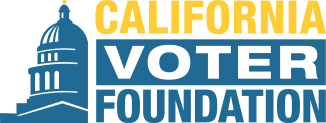Excerpts:
Come November, every California voter will likely have the option of voting by mail.
To Democrats that seems like a no-brainer, given the pandemic. But to some Republicans it's a recipe for a "rigged election."
Last month, when Gov. Gavin Newsom ordered that all registered voters in California be sent a mail-in ballot for the November election, President Donald Trump was immediately tweeting — and questioning the validity of that process.
"They send out, like in California, millions and millions of ballots to anybody that’s breathing," Trump said during a White House event.
Trump continued: "So when he sends out 28 million ballots and they’re in all the mailboxes and kids go and they raid the mailboxes and they hand them to people who are signing the ballots at end of the streets, which is happening."

